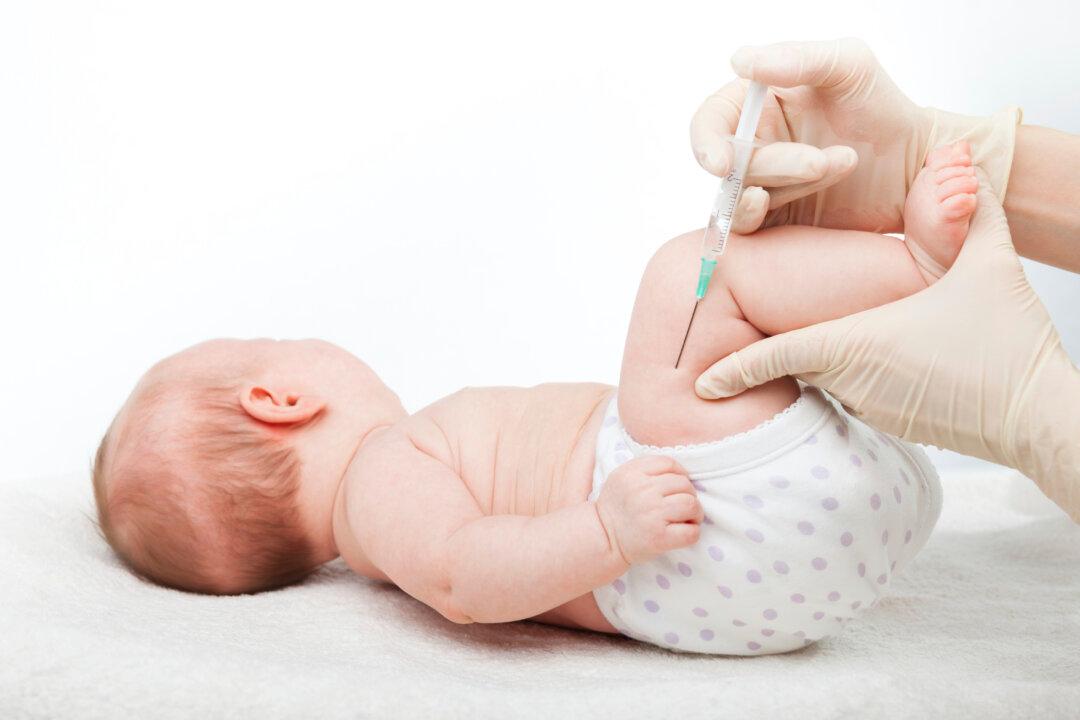It’s a bit of a morbid topic, but fascinating nonetheless. Here are 10 bodily functions that keep working after death.
10. Nail and Hair Growth
It’s not so much that these features continue to flourish, it’s just that they appear to. As the body loses moisture, the skin shrinks back and nails and hair appear to be longer.
9. Vocalizations
When the body goes into rigor mortis, the muscles stiffen. That, combined with the release of gasses and rigid vocal cords can make for some disturbing noises.
8. Skin-Cell Growth
These cells are both low-maintenance and self-reliant as they spend their lives on the outer borders of the body, they get used to nourishment through osmosis and can fend for themselves for at least a few days.
7. Urination
Holding back urination requires muscle control, and when the body dies, that ceases to be an option. Prior to the onset of rigor mortis, which can take a couple of hours, the body enters a relaxed state, and urination becomes involuntary.
6. Defecation
Again, relaxing muscles stop holding stuff in. In the case of bowel movements, the body’s gases also move waste along the intestinal tract. It doesn’t happen to everybody, but it does happen.
5. Digestion
Even though their host has passed, the bacteria that reside in the gut live on. Many are parasitic and several are great help in breaking down food. As long as they have nourishment, they will continue to thrive.
4. Erection
Due to blood pooling, sometimes erection can occur after death.
3. Muscle Movement
Nervous system activity is possible even after the brain has ceased to function. The straggling impulses are those that pass through the spinal cord rather than the brain and can cause all sorts of bodily twitches.
2. Brain Activity
Doctors pronounce a person dead when the heart and lungs stop working. The brain actually continues to pull all the nutrients and oxygen it can after that point, typically for several minutes.
1. Giving Birth
Historical records show that back in the days before embalming was the norm, a happening referred to as “coffin birth” sometimes occurred. Women who were pregnant at the time of their death would, on occasion, expel the fetus due to the build-up of gasses and the pressure they placed on the womb.




